Watering can be one of the trickiest parts of plant parenthood. How much is too much!? How much is too little!? What happens if I get it wrong?! OMG THE PRESSURE!!
Dude. I get it!! Taking care of plants the way that they want to be taken care of can be intense- especially if you are raising Treenagers like a Fiddle Leaf Fig. They can be SO dramatic!
Today I’m going to teach you all about Bottom Watering, it’s great for people who have a big question mark when it comes to the right way to water their plants. Bottom Watering is sort of like Free Range Parenting. You let the plant decide how much it needs and how it wants to handle it. 😂
What is Bottom Watering?
Bottom watering is a technique where you place your potted plant in a tub or sink that has a few inches water in it. The drainage holes in your planter allow the water to absorb into the soil over a period of time without over-saturating it.
The most important think to know when choosing bottom watering is that your planter MUST have at least 1 drainage hole! If it doesn’t, then you are going to have a hard time getting water into the planter my friend.
How to Bottom Water Your Plants
Step 1: Fill your sink or container with enough water that it will reach the bottom of the soil in your planter.
If you planter is filled with just soil, then you are good at any water level. If you’ve got drainage rocks at the bottom of your planter, the water level needs to be higher than the rocks so that it can reach the soil. Keep in mind that differnt types of soil will absorb the water differently. If you are using a cactus soil that has a lot of rock and pearlite in it it’s not going to absorb water as well as something that has sphagnum moss and bark. Its kind of like the difference in absorption between a normal piece of paper and a towel. Make sense?
Make sure that you’ve got enough water in your sink or container that the plant will be able to soak in all it wants. If you dont put enough water in the container then you’ll under water the plant.
Step 2: Place your plants in the water! If you are still using a grow pot (the container that the plant came in) and the soil is very dried out it might start floating. Make sure that it’s sitting straight in the water before you leave it alone. I’m just telling you this because I *may* have put a plant with very dry soil that was still in it’s grow pot in my sink to water and it floated and tipped over and I didn’t know. It was a mess to clean up. So just a heads up on that!!
Step 3: Let the plants sit in their bath for about 10 minutes before you check on them. You’ll know that they are ready to come out when the soil is moist all the way to the top.
Tip: Sometimes the very tip top of the soil doesn’t get wet, and that’s ok. I top it off with water right before I pull it out.
Step 4: Drain the water out of your sink and let the plants hang out for a few minutes to drain.
That’s it!! I’ve been bottom watering almost all of my plants and they are so happy!!
What size plants can I bottom water?
Bottom Watering works best on small to medium sized plants that are easily moved. If they are too heavy to lift, or too tall once they are in your sink, it’s probably not the best technique.
A Few More Tips:
Pool Occupancy
Don’t overcrowd your plants. It can damage the stalks and leaves. The number you’ve got in the sink will also change the amount of water that you’ll need!
Be extra careful with plants that have easy-to-break stalks and leaves. For example, my Swedish Ivy stalks break when they are bent too far so I always make sure that it’s not getting any undue pressure on them.
Add your Vitamins
If you are giving your plant food, bottom watering is a great way to do that! Just add the food to your water (just make sure it doesnt stain your sink!)
Watch the time
Overwatering happens when plants are watered too frequently, or sit in water too long. You want your plant to sit in the water long enough to absorb enough but not too long that it causes a problem. Just keep an eye on it, you’ll find the perfect time based on the size of the planter and the soil type!
The Essential Houseplant Master List
A Complete Guide To Caring For Rubber Plants and Answers to Why Yours Might Be Dying
Everything you need to know about Rubber Plants! Learn how to care for, clean, and propagate a Rubber Plant as well as troubleshooting why your Rubber Plant is struggling!
The Complete Guide To Caring For Your House Plants: Snake Plant Edition
Snake Plants are among the easiest indoor plants to care for! Learn everything you need to know about caring for one and troubleshooting why your Snake Plant isn't thriving!
The Complete Guide To Caring for A Fiddle Leaf Fig
Fiddle Leaf Figs are what I like to call Treenagers, they can be really hard and also very rewarding! Learn everything you need to know about caring for your Fiddle Leaf as well as troubleshooting
A Complete Guide to Lighting For Your Indoor Plants + Quiz
Feeling totally confused as to the right type of lighting for your plants and what that even means in the real life scenario of your house?!! Dude. You are not alone! This post outlines everything you need to know and has a hilarious quiz to help you debunk this frustrating situation!
Master List of Low Light Indoor Plants
Not great lighting? This list of my FAVORITE low light plants is full of the best plants that embrace low lighting situations!!
How to Mount (and Care for) a Staghorn Fern
More than just a houseplant, Staghorn Ferns can be wall decor! Learn all about how to mount and care for these cute plants!!
The Parable of The Accessory Plant
Killed another one? Dang it! I was a notorious plant killer until I learned to look at them differently...join me for a new perspective!
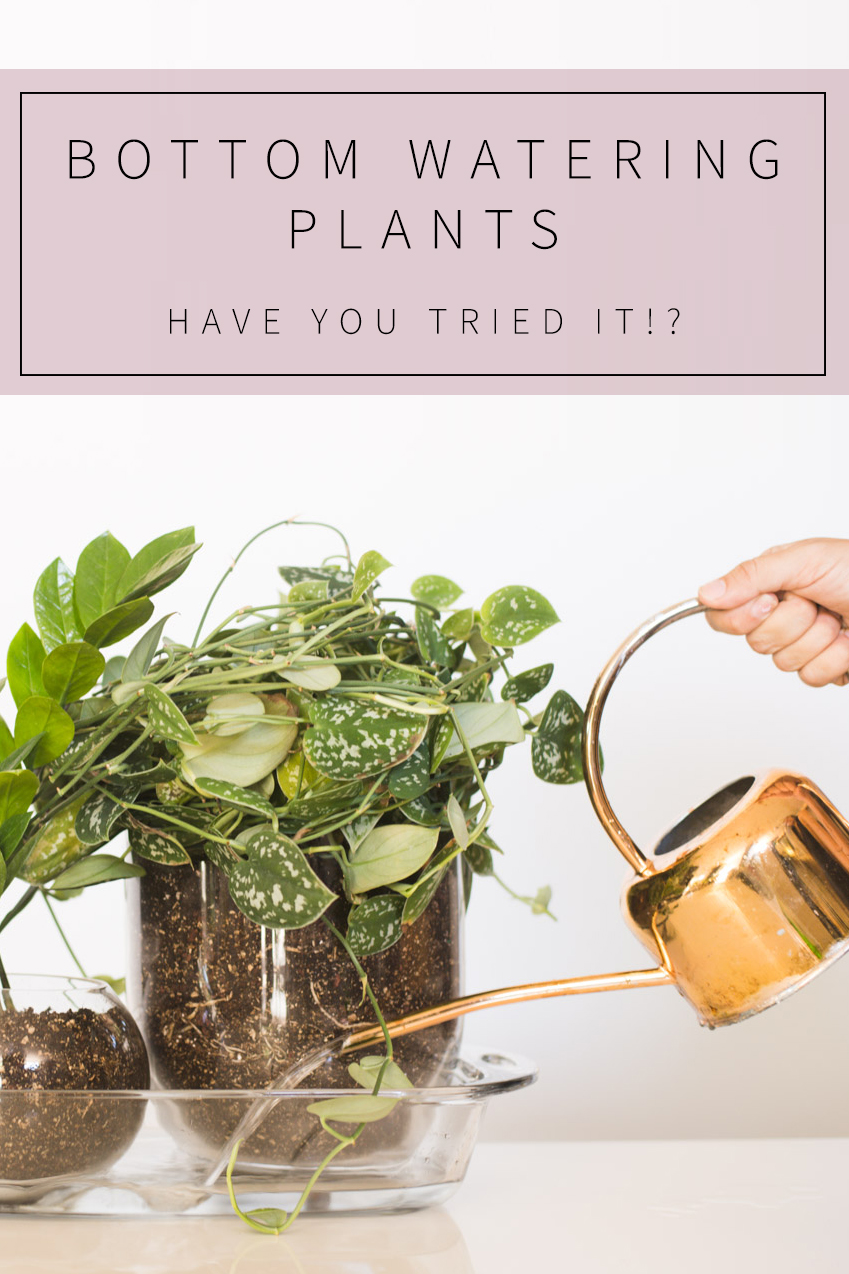
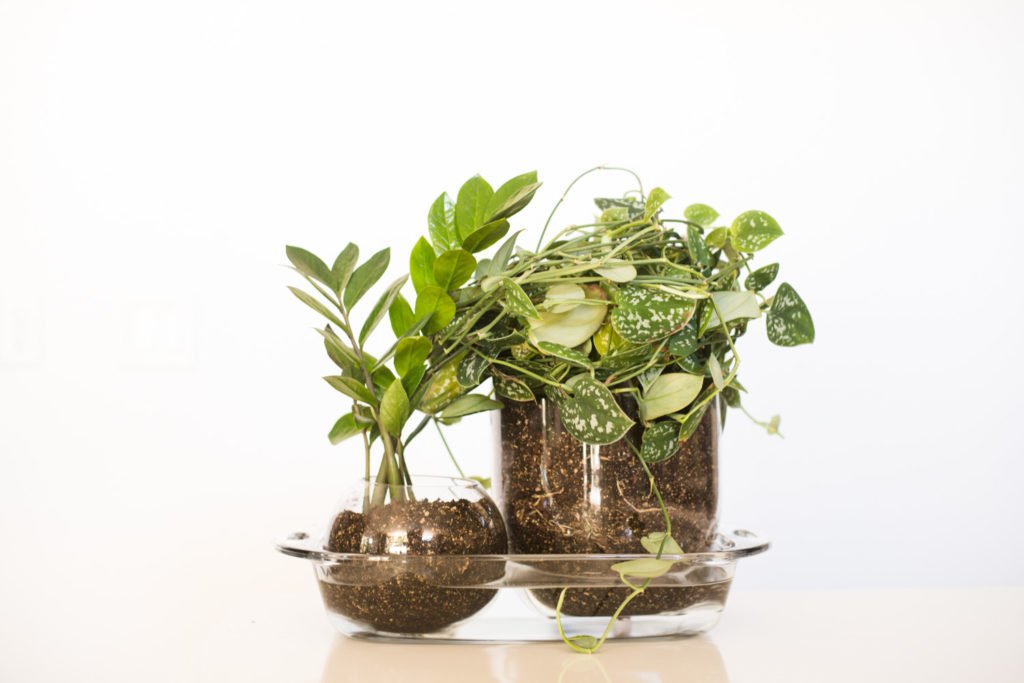
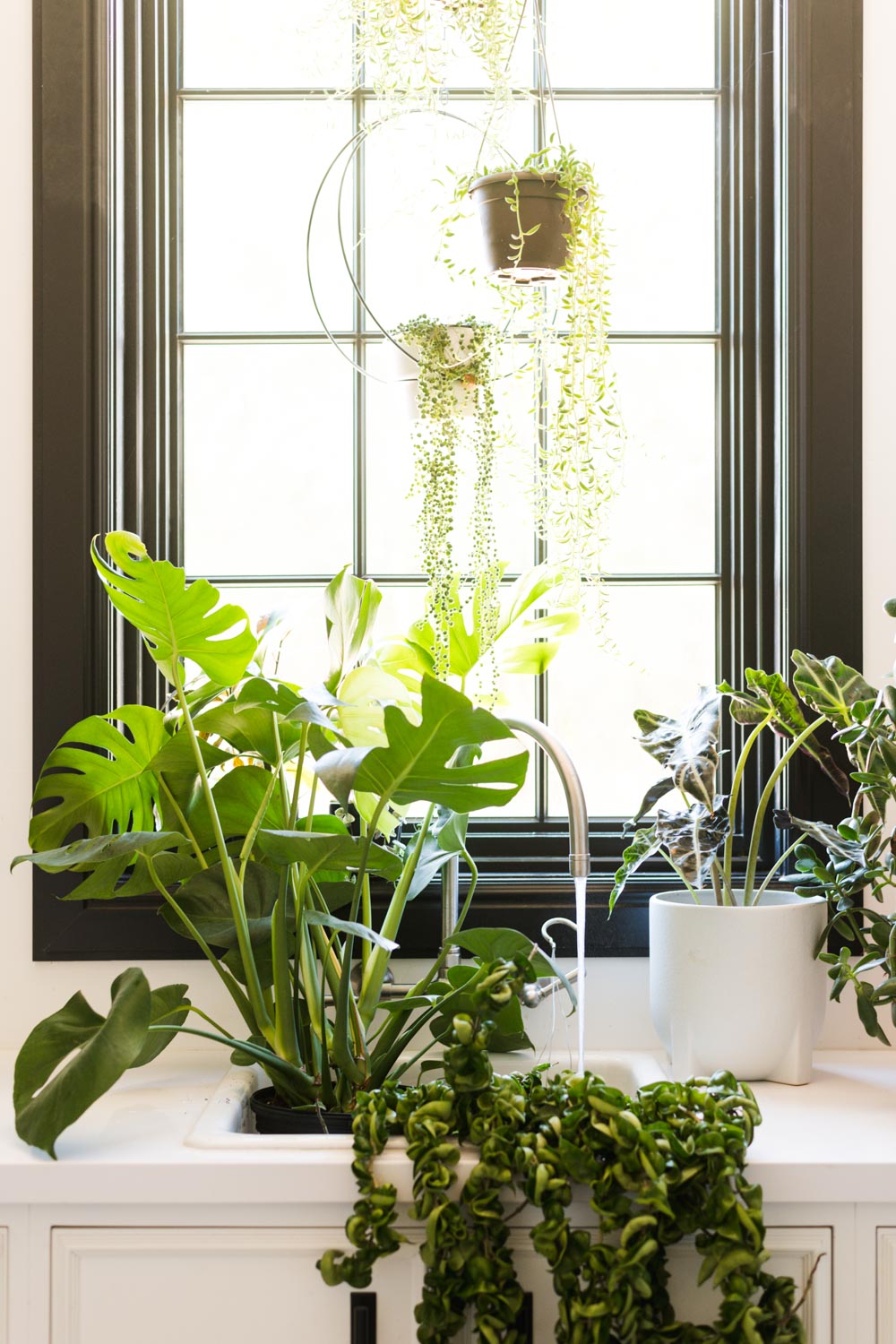
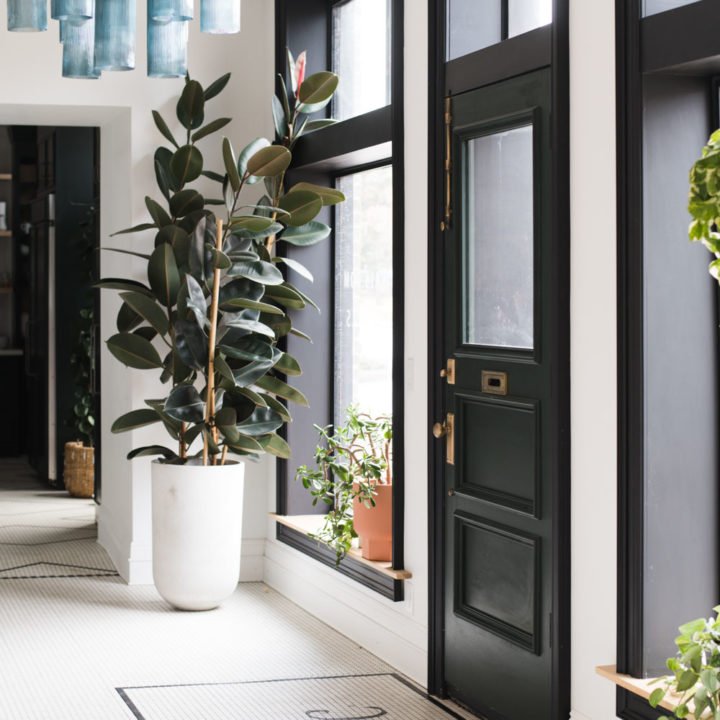
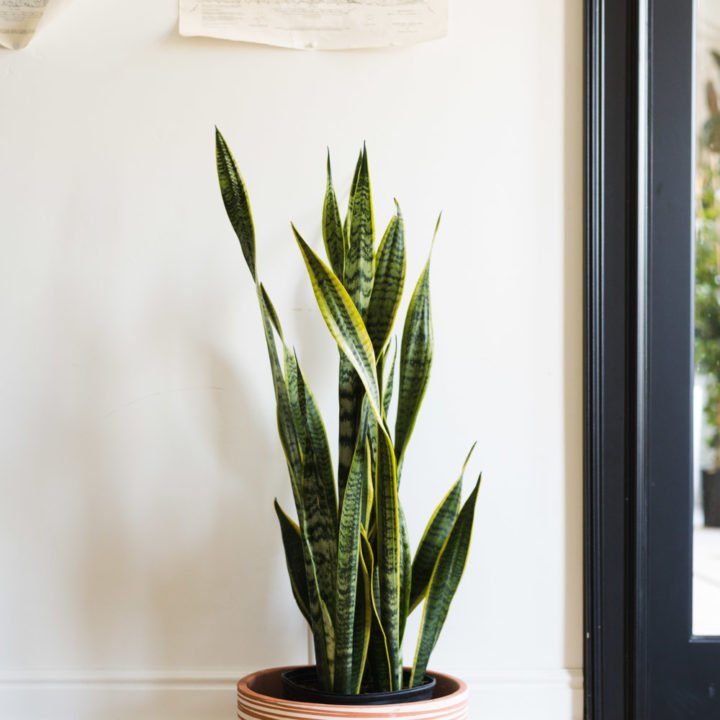
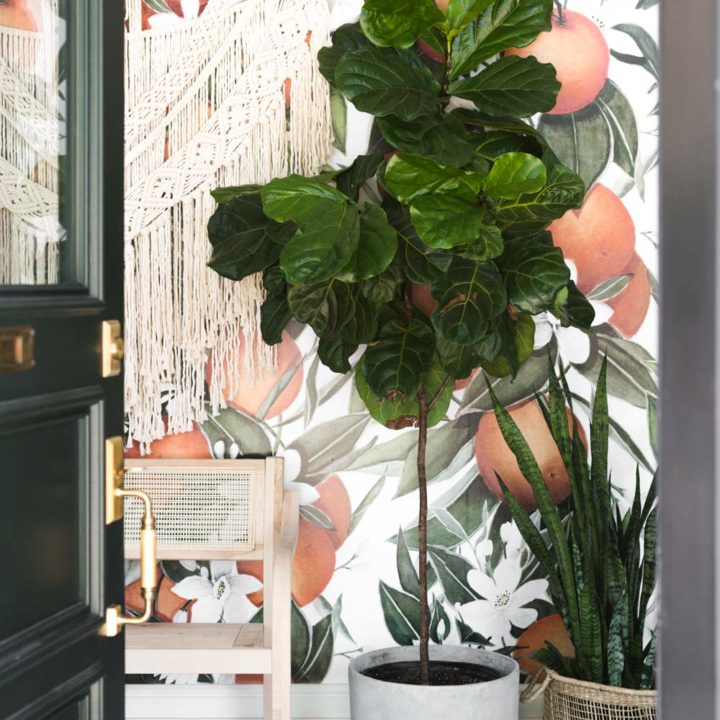
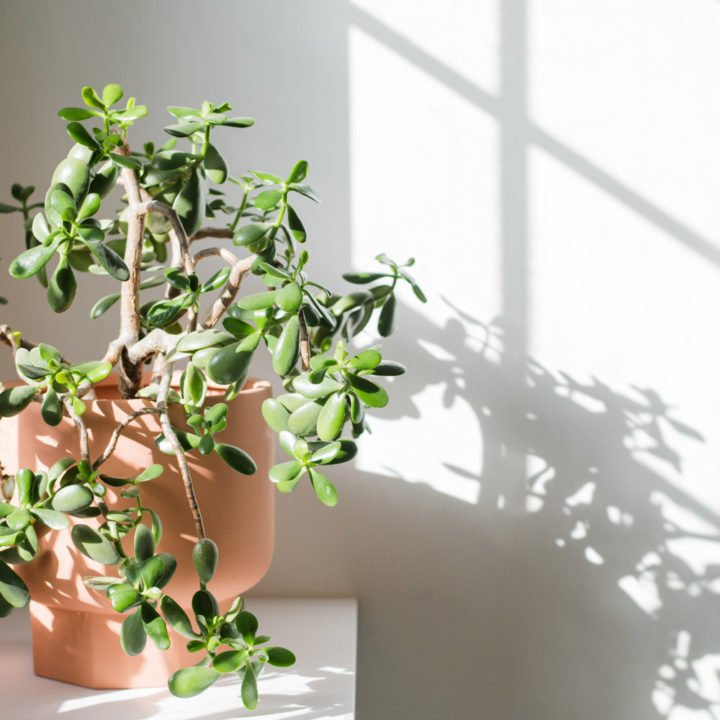
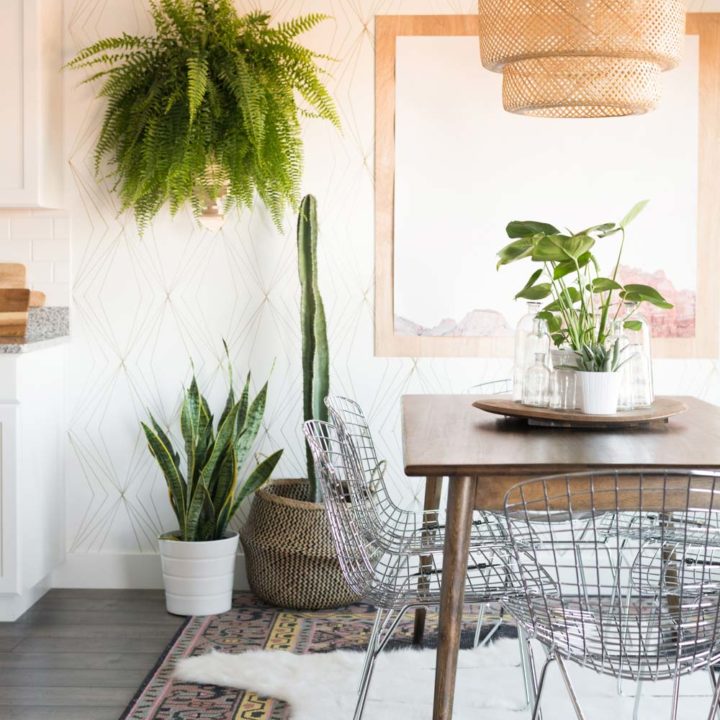
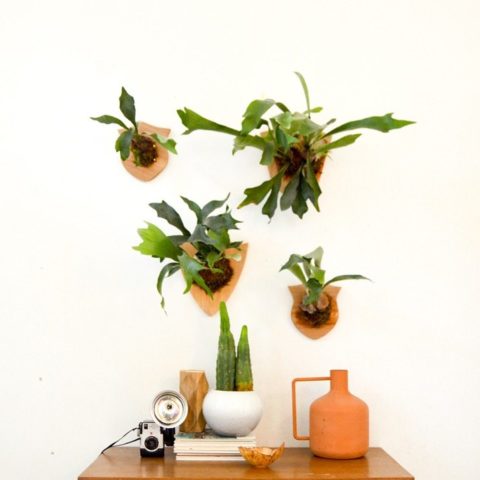
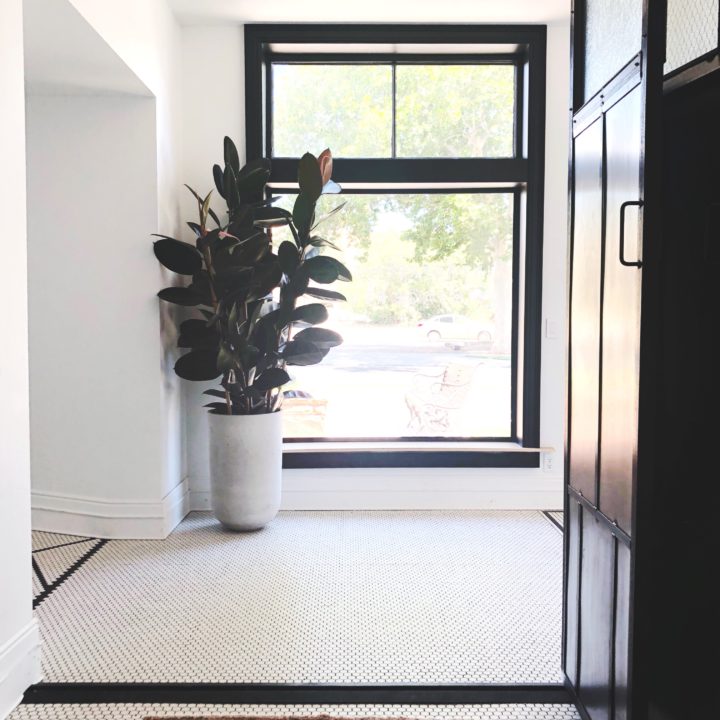
This is how I saved my cyclamen from certain dewth. For the first few months that I had it, I was watering it from the top, and the leaves were slowly turning yellow and falling off. I started bottom watering it, and it completely turned around. Now over a year later, it gets tons of blooms and is full and healthy!
Fabulous information! Thank You!!